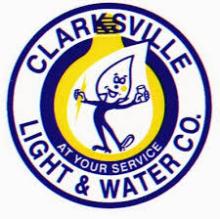Community Network Inspires More Jobs In Clarksville, Arkansas
Earlier this year, we shared the story of Clarksville, Arkansas, and described how they used supervisory control and data acquisition (SCADA) to make efficiencies in their municipal electric utility. The resulting fiber optic infrastructure reduced energy costs and allowed them to better manage other utilities but also gave Clarksville the opportunity to explore high-quality connectivity for the community. Their investment is paying off and bringing new jobs to Clarksville.
Stepping Up Economic Development
In a recent press release, the Clarksville Regional Economic Development Organization (CREDO) announced that Monro Shoe has entered into a partnership with Clarksville Light & Water (CL&W), the city, and CREDO to expand its production and add 25 new positions. The community’s gigabit fiber optic network played an instrumental role in the expansion. In addition to better connectivity, CL&W will provide an energy audit to help the company cut production costs.
Serving The Clarksville Community
Clarksville’s population is just under 10,000 with Tyson Foods, Haines, and motor control manufacturing processor Balder as some of the largest employers. University of the Ozarks also employs many of the people in Clarksville. CL&W plans to connect the University to the network in the near future.
Community leaders wanted to be sure to use the network to serve all sectors of Clarksville when they pounded out their plans for the network in 2015. They chose to allocate a designated number of strands each for educational facilities, healthcare institutions, public safety needs, and government facilities. The municipal utilities used another segment, and a sizable segment was left open for future economic development use, such as the connectivity arrangement for Munro Shoes. As Clarksville’s network serves more entities we expect to see more positions added to the community; after all, they're just getting started.



